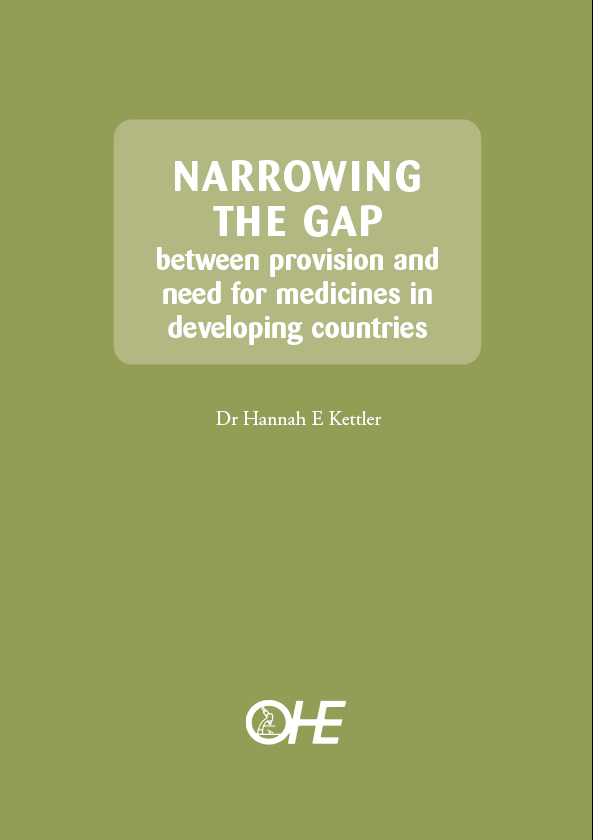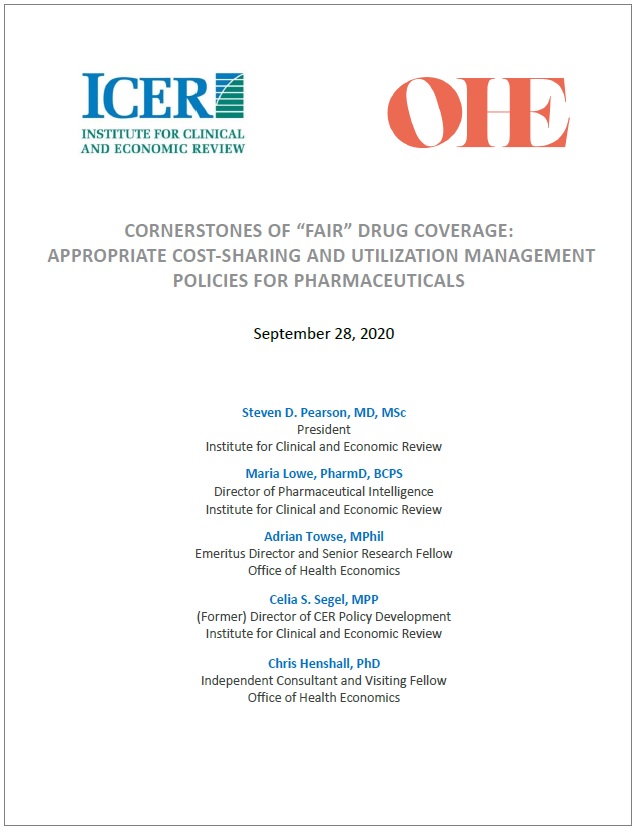Sign up to our newsletter Subscribe
Challenges and Solutions for Budget Impact Analysis of Gene Therapies

Health and economic development is positively linked. External investments are needed to break the vicious cycle of poor health and poverty plaguing less developed countries (LDCs).
Measured in disability adjusted life years (DALYs), the disease burden suffered per person in LDCs is twice…
Health and economic development is positively linked. External investments are needed to break the vicious cycle of poor health and poverty plaguing less developed countries (LDCs).
Measured in disability adjusted life years (DALYs), the disease burden suffered per person in LDCs is twice that of people in established market economies (EMEs). The two regions also have distinct disease patterns with almost 40 percent of LDCs’ healthy years lost to communicable, maternal, and prenatal diseases as opposed to only 8 percent in EMEs.
The size and pattern of disease burden in LDCs are linked to wider problems of inadequate infrastructure in education, sanitation, transportation, and so on. These infrastructure problems, together with lack of money, prevent populations from using many existing treatments effectively. In many disease areas, however, effective treatments simply do not exist. Here, investments in new research and development (R&D) are critical.
Diarrhoeal diseases, malaria, tuberculosis, and respiratory infections are among the top global 12 disease categories but they occur almost exclusively in LDCs and are therefore not a priority for the investors in pharmaceutical R&D. In 1992, of the $55.8 billion invested in health care world-wide, only an estimated $2.4 billion or 4 percent were allocated towards LDC diseases. In sharp contrast to health care research in general, where the pharmaceutical industry and EME governments are the primary investors, official development assistance organizations and LDC governments paid for two thirds of the small amount of money spent on R&D for LDC issues.
The political challenge, therefore, is to make LDC health concerns a greater priority of EME R&D investors, as this is where the funding and the experience are centred.
R&D investment priorities are a function of market size, the degree of current and future need and the probability of success (a function of the state of science, in-house resources and experience and risk). As the expected number of patients able to pay for medicines is small, LDC-diseases tend not to be prioritised, and this is despite the significant need for new products in these countries.
The public sectors of the EMEs can intervene in two ways to try and correct these market failures. First, they can improve ‘push’ and ‘pull’ incentives to try and make it more attractive for private companies to invest in these disease markets. I call this the ‘commercial assistance’ approach. Second, they can provide direct public funding for research and product development in these areas. Teams of academic and industry scientists from both developed and developing regions could compete for this funding. I refer to this as the ‘public-based’ approach.
It is a challenge to identify policies that will:
1) incentivize companies to invest;
2) be acceptable to EME governments (i.e. policies which they will be willing and able to legislate and fund); and
3) produce medicines that the LDCs are able to afford.
Also at issue is how to formulate a package of policies that will encourage both ‘local’ (LDC) and multinational participants.
To motivate private companies, in a ‘commercial assistance’ approach, a package of incentives, rather than one single remedy, would work best to incentivize both small and large companies and bring public and private resources together. A modified orphan drug policy that puts together R&D tax credits and grants with a significant pull measure might shift the cost-revenue balance of LDC diseases.
From the standpoint of large companies, this pull incentive must be significant and the promise of funds be credible. Companies are likely to find a roaming exclusivity clause or a guaranteed purchase fund attractive. A roaming exclusivity clause would permit companies to extend market exclusivity for any of their approved products in exchange for marketing an approved LDC drug at affordable prices. A guaranteed purchase fund, such as that proposed by Jeffrey Sachs and Michael Kremer for malaria, TB, and HIV vaccines, would provide companies with the assurance that if their R&D were successful, then there would be a market for their product. Given that it takes many years to develop a patentable idea into a marketable product, the effectiveness of any incentive depends on assurance that funders will uphold promises made now in the future.
Following along another, ‘public based’ parallel track, public money could be used to set up LDC-disease focused research units or to finance competitions for proposals from academic and industry researchers to conduct the necessary research at their respective facilities. The new Medicines for Malaria Venture (MMV) is an example of the latter. Industry participates in these public based ventures contributing in-kind resources such as technologies or experience, especially in the clinical trial stages. Financial rewards from these contributions are not expected, at least in the short to medium term, though companies do stand to be benefit from the positive public relations, networking opportunities, and shared access to new, scientific breakthroughs.
The two approaches (commercial assisted and public based) are not mutually exclusive. Market based incentives for companies may be more effective for certain diseases than others. Differences between diseases in the size of the potential ‘market’ (i.e. prevalence in LDCs), the state of the science and the type of companies involved (i.e. small biotechnology companies, large multinational pharmaceutical companies) may mean different combinations of incentives are needed. In cases where researchers still do not understand the science, the promise of markets some time in the future may do little to motivate investment. In other cases, developed, patentable ideas may have been shelved because of the lack of a viable market.
From the standpoint of the patients in LDCs, most critical is that the products are affordable and accessible, which raises the importance of combining incentives for research with efforts to improve access infrastructure and deal, in advance, with pricing questions.
Ultimately, the greatest challenge may be that of how to get the players involved to back verbal commitments with money and resources. EME governments, for example, must convince a complex set of interest groups to agree to make LDC-diseases a priority for any of the above approaches to work. It may be harder to convince the US or UK taxpayer than a large multinational pharmaceutical company that investments in LDC-diseases are worthwhile.
The potential for real action is there. A number of teams with representatives from industry, international aid and activist organizations and academics are currently working to come up with viable alternatives to attract new investments. In order to put their ideas into practice, these groups must move fast to involve all relevant players, especially payers, in the negotiations.
Narrowing the Gap between provision and need for medicines in developing countries

